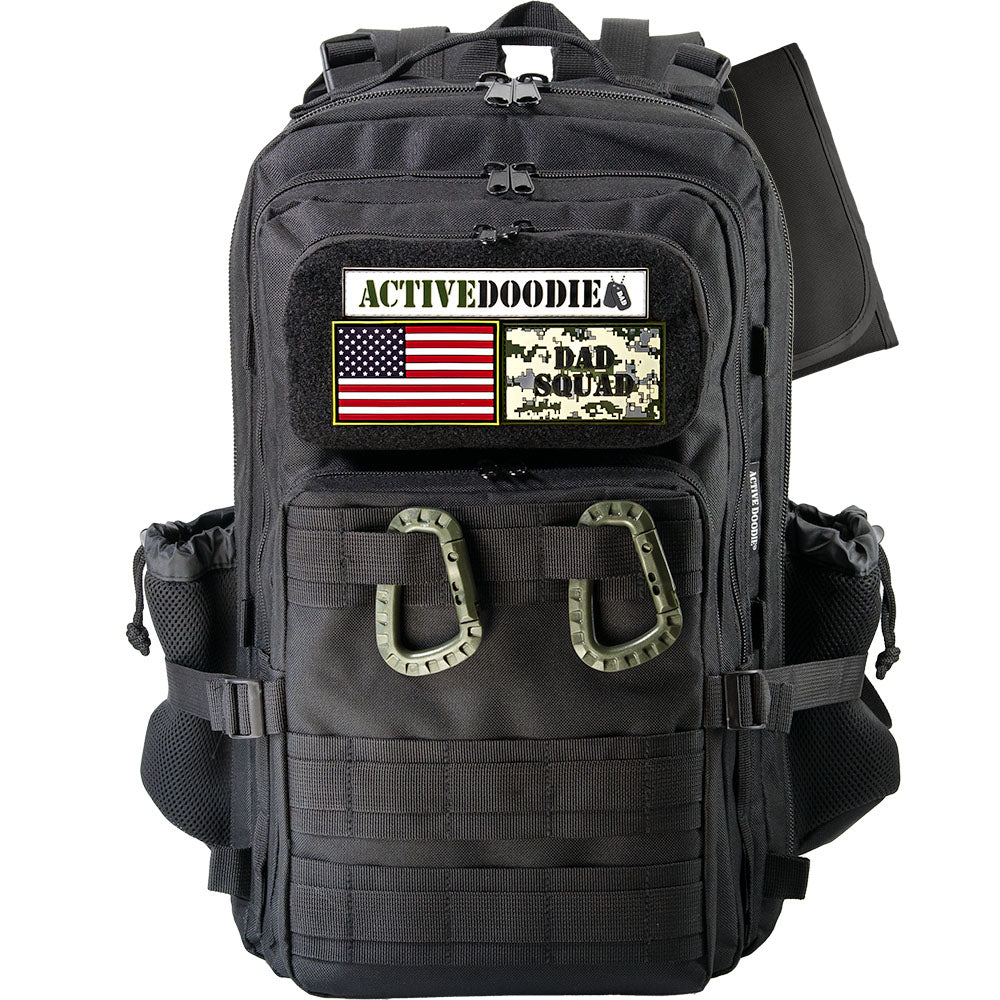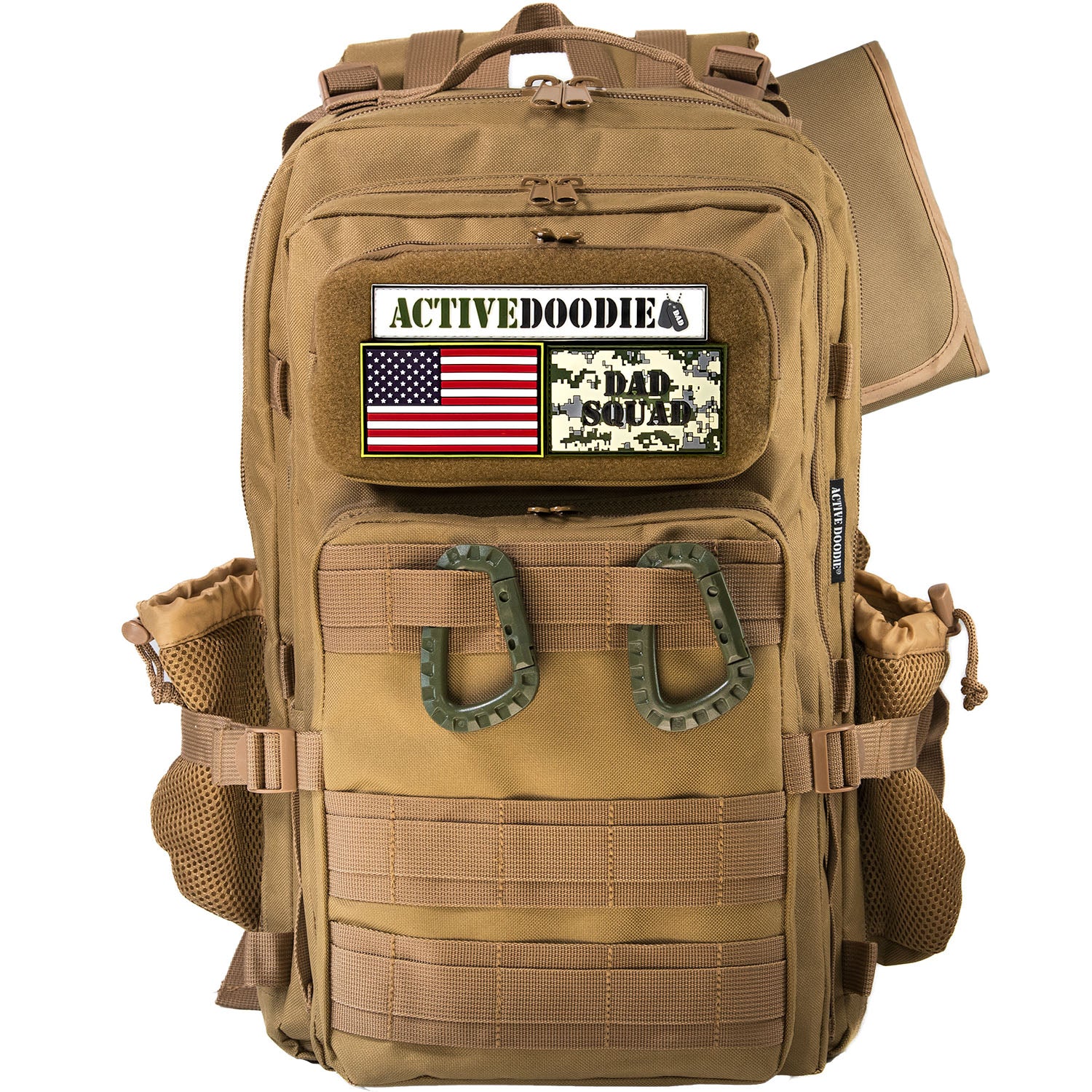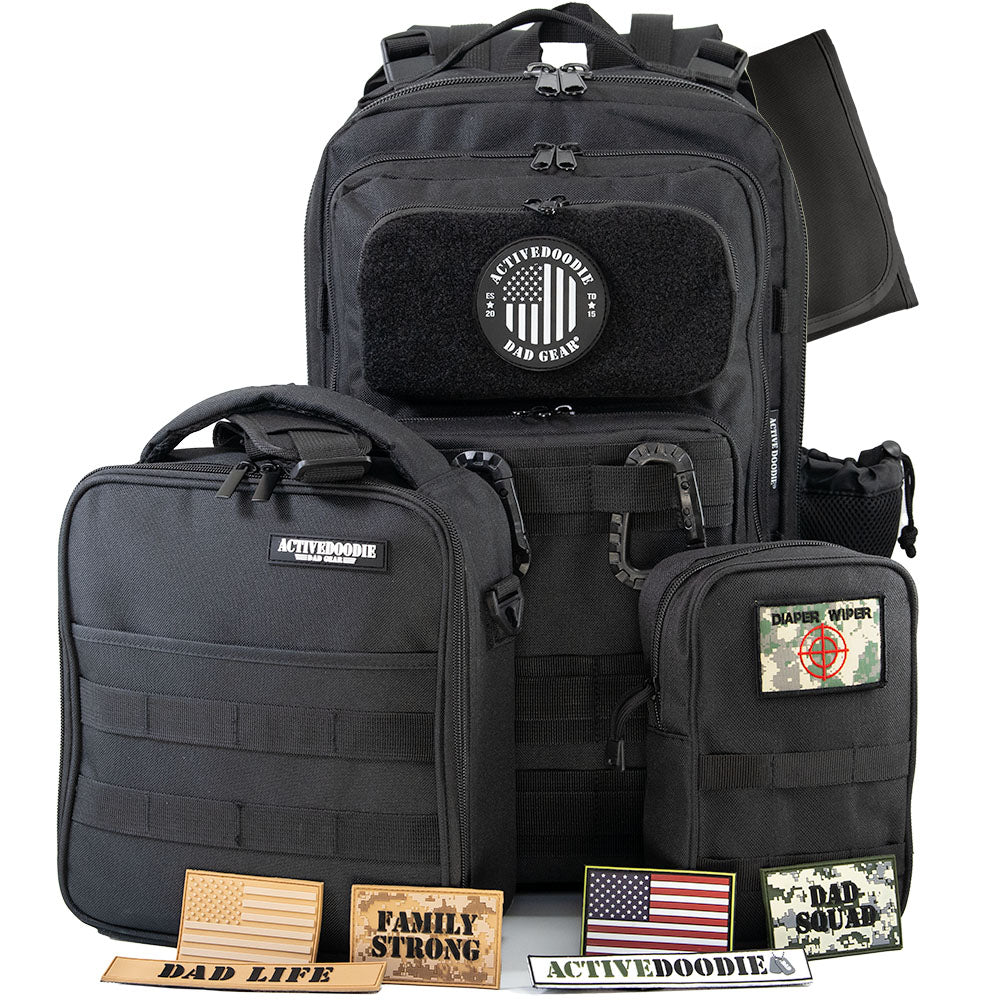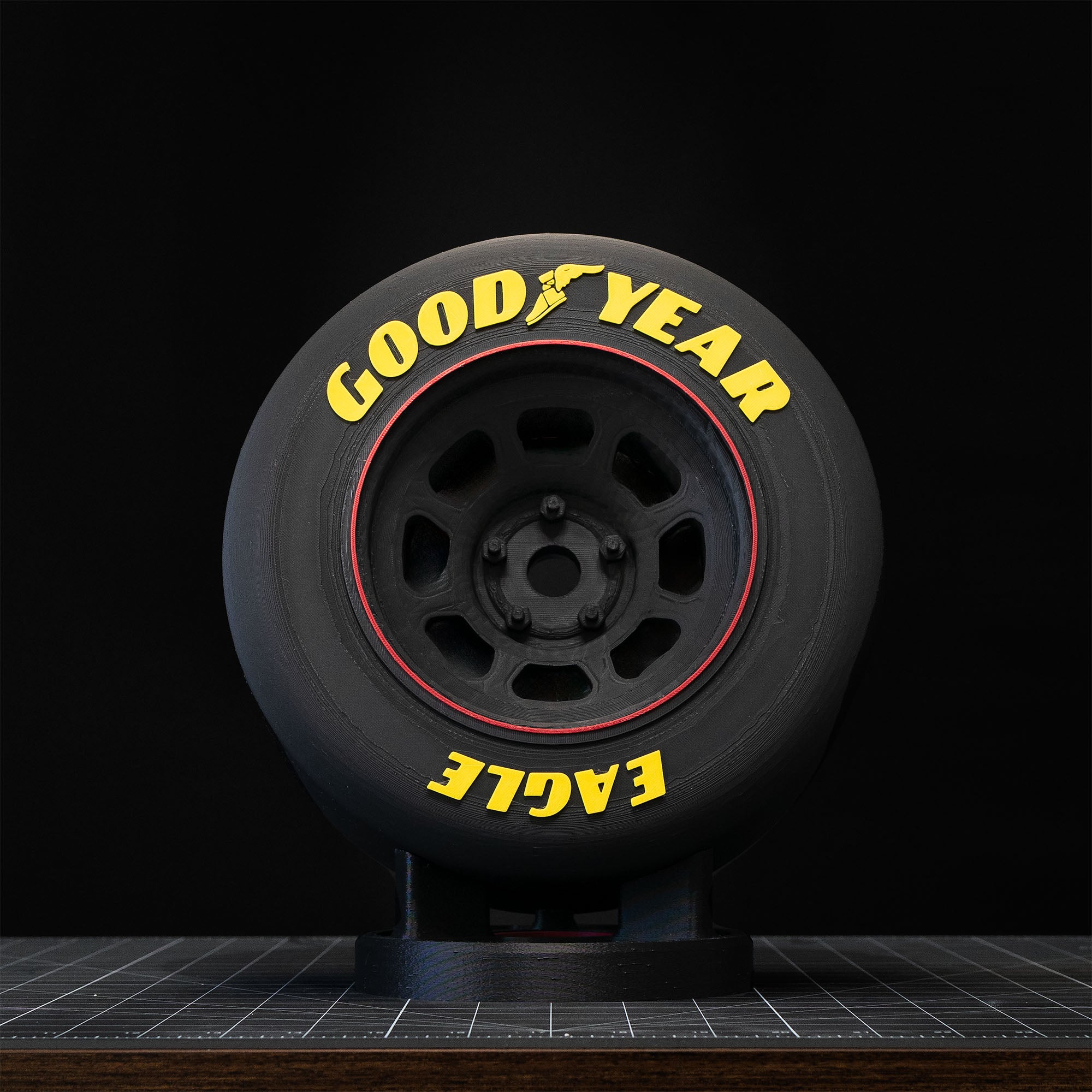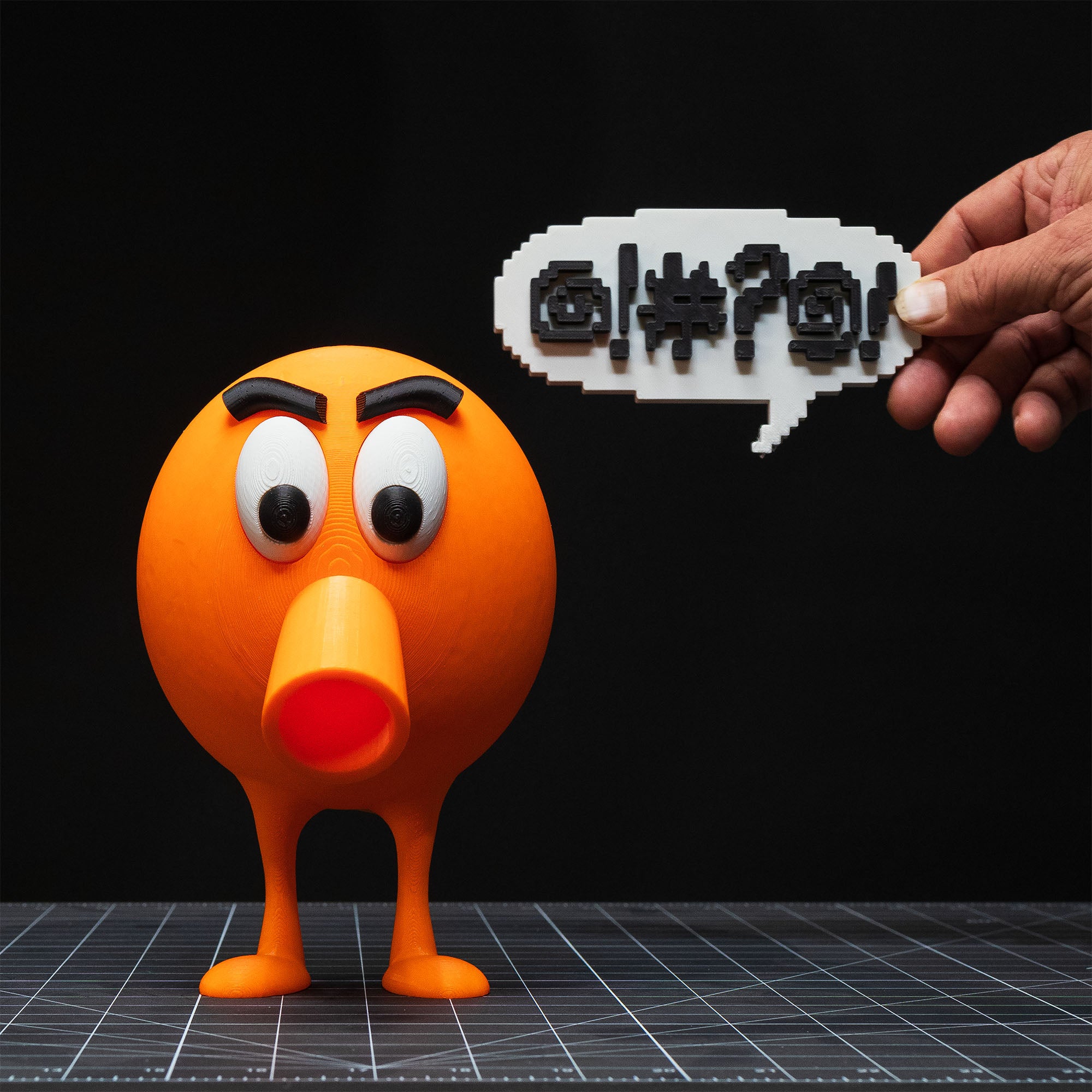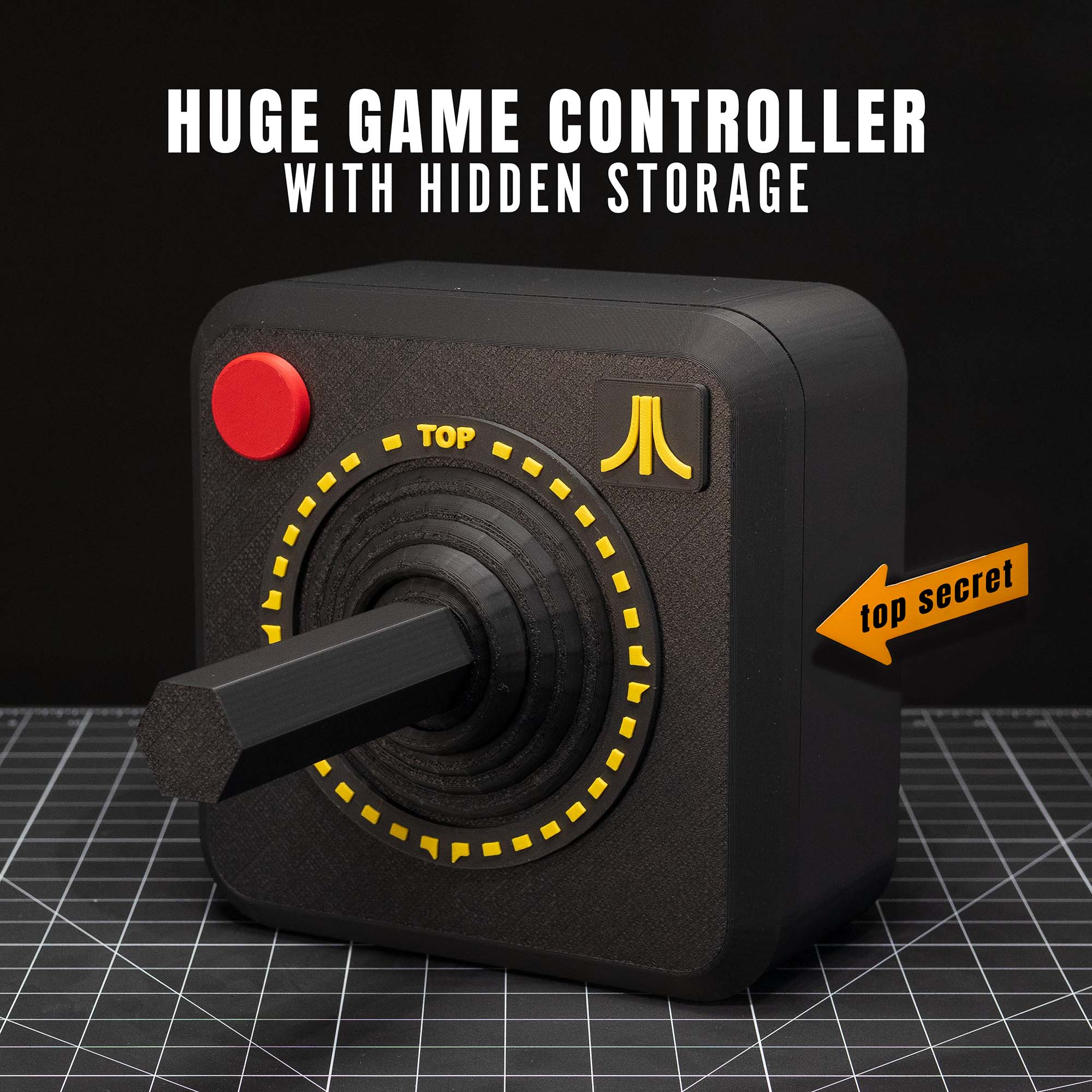A Dad and a Dude learn Pickleball:
Pickleball is a relatively young sport that originated in the mid-20th century. The story of its creation involves a combination of innovation, adaptation, and a bit of humor.
Origin Story:
Pickleball was invented in 1965 on Bainbridge Island, Washington, USA, by three friends: Joel Pritchard, Bill Bell, and Barney McCallum. The origins of the sport are often attributed to the boredom of Pritchard's family on a lazy summer afternoon.
According to the story, the Pritchard family found themselves with some free time and a desire to play badminton. However, they couldn't find a full set of equipment, including shuttlecocks, so they improvised using a wiffle ball. They set up a badminton net but found that the wiffle ball didn't quite work well for the game. Instead of getting frustrated, they decided to adapt their setup.
They lowered the net, created makeshift paddles out of plywood, and modified the rules to fit the new equipment and playing conditions. They used the driveway and soon found themselves engrossed in a new and enjoyable game that combined elements of badminton, tennis, and table tennis. The name "pickleball" allegedly came from the Pritchards' dog, Pickles, who would chase after the errant balls and hide them in the bushes.
The sport gained popularity locally, and the Pritchards' friend Barney McCallum was particularly enthusiastic about it. He helped refine the rules and equipment and, in the following years, played a significant role in spreading pickleball to neighboring communities and beyond.
Spread and Development:
Pickleball's popularity grew rapidly within the local community and nearby regions. As the sport evolved, more people contributed to refining its rules and equipment. Paddle designs were improved, and standardized rules were established to ensure consistent gameplay.
In the 1970s, the game began to spread to other parts of the United States and eventually to other countries as well. As the pickleball community grew, formal organizations and associations were formed to promote and govern the sport. Tournaments and leagues emerged, and the sport gained recognition as a legitimate and competitive activity.
Today, pickleball is played by millions of people around the world. It has become a popular recreational and competitive sport in community centers, schools, retirement communities, and sports clubs. The sport's accessibility, simplicity, and fun factor have contributed to its global appeal.
Pickleball's origin story is a testament to the creativity and adaptability of individuals seeking enjoyment in a casual setting. What started as a family's inventive solution to a leisurely afternoon has grown into a widely beloved sport that brings people together across generations and cultures.
Rules
Introduction to Pickleball:
Pickleball is a paddle sport that combines elements of tennis, badminton, and table tennis. It is played on a rectangular court with a net in the middle, using a paddle and a plastic ball with holes. The game can be played in singles (1 vs. 1) or doubles (2 vs. 2) format. The objective is to score points by hitting the ball over the net into the opponent's side of the court, making sure it lands inbounds and the opponent fails to return it.
Court and Equipment:
- The court dimensions are 20 feet wide and 44 feet long for doubles play, and the same width but only 20 feet long for singles play.
- A net is positioned at the center of the court, extending 34 inches high at the sidelines and 36 inches high at the center.
- Players use a solid paddle made of composite materials, and a perforated plastic ball with holes.
- The game can be played indoors or outdoors, and the surface can vary from hard courts to softer surfaces.
Serving:
- The serving team starts on one side of the court and serves diagonally to the receiving team's court.
- The server must keep one foot behind the baseline and underhand serve the ball underarm, hitting it below the waist.
- The serve must clear the net and land within the opposing diagonal service court. If it doesn't, it's considered a fault.
- The serve must be directed to the cross-court diagonal box, and the receiving team must let it bounce before returning.
- Each team serves until they commit a fault, then the serve switches to the opposing team.
Gameplay:
- Once the ball is in play, it must be allowed to bounce on each side once before volleys (hitting the ball in the air) are allowed.
- Players cannot step into the non-volley zone (often called the "kitchen") to hit a volley. This zone extends 7 feet from the net on both sides.
- Players can hit the ball anywhere on the court as long as it lands inbounds, similar to tennis.
- The game continues until a point is scored. A point is scored when one team fails to return the ball according to the rules.
Scoring:
- Pickleball uses a unique scoring system called "rally scoring," where a point is scored on every serve, regardless of the serving team.
- Games are typically played to 11 or 15 points, but the winning team must win by a margin of two points.
- The serving team's score is always called first, followed by the receiving team's score. For example, if the serving team has 3 points and the receiving team has 2 points, the score is called as "3-2."
Examples of Scenarios:
- Serving Fault: If the server fails to hit the ball into the diagonal service court or hits the net on the serve, it's considered a fault, and the serve switches to the opposing team.
- Double Bounce Rule: After the serve, the receiving team must let the ball bounce before hitting it. Similarly, the serving team must also let the return bounce before hitting it. After the two bounces, volleys can be made.
- Non-Volley Zone Violation: A player cannot step into the non-volley zone to hit a volley unless the ball has bounced outside of that zone. Hitting a volley while stepping into this zone results in a fault.
- Winning by Two Points: If the score is tied at, for example, 10-10, the game continues until one team wins by two points. So, the game might end at 12-10 or 14-12, depending on the following points.
Pickleball is a dynamic and engaging sport that combines strategy, agility, and precision. By understanding the rules and applying them during gameplay, players can enjoy competitive and exciting matches. Whether you're a beginner or an experienced player, the rules provide a framework for fair and enjoyable competition on the court.
Tips to win
Pickleball Tips, Advice, and Strategies:
General Tips:
- Master the Basics: Focus on developing strong fundamental skills like serving, returning, and volleying. A solid foundation is crucial for success in both singles and doubles.
- Stay Balanced: Maintain a balanced stance to quickly move in any direction. Being balanced allows you to react effectively to your opponent's shots.
- Effective Footwork: Footwork is key to getting into the right position to hit the ball. Work on quick lateral movements and proper positioning to set up for shots.
- Controlled Power: While power is important, prioritize control over your shots. Aim for placement and consistency to keep your opponents on the defensive.
- Stay Patient: Avoid forcing shots or taking unnecessary risks. Patiently wait for the right opportunity to attack or take control of the point.
Singles Strategies:
- Use the Sidelines: In singles, the court is narrower, so using the sidelines effectively can force your opponent into awkward positions. Aim for deep shots near the lines to limit their options.
- Change the Pace: Vary your shot speed and placement to disrupt your opponent's rhythm. Mixing up hard and soft shots can keep them guessing.
- Stay Aggressive: Singles play rewards aggressiveness. Approach the net when the opportunity arises and put pressure on your opponent with well-placed volleys.
- Utilize Angles: Play shots at sharp angles to open up the court and create wider spaces for your opponent to cover. This can lead to shorter returns that you can capitalize on.
- Serve Strategically: Experiment with different types of serves, such as spin serves or power serves, to keep your opponent off balance. Aim for the corners to make their return difficult.
Doubles Strategies:
- Communication: Effective communication with your partner is essential. Coordinate who will take which shots and call out who should cover specific areas of the court.
- Cross-Court Shots: In doubles, hitting cross-court shots can be effective in creating confusion between your opponents and potentially opening up an opportunity for a winning shot.
- Work the Middle: Target shots between your opponents to exploit the gap and force them into challenging situations when deciding who should take the shot.
- Poach Smartly: Poaching involves intercepting your opponent's shot. Do this strategically by predicting their shot direction and timing your movement.
- Teamwork in the Kitchen: The non-volley zone (kitchen) is critical in doubles. Work with your partner to control the net and execute volleys effectively, as it can often lead to winning points.
- Lob Shots: Utilize well-placed lobs to push opponents back and gain control of the net. This can disrupt their positioning and set you up for stronger shots.
Mental Approach:
- Stay Positive: A positive mindset can boost your confidence and performance. Focus on your strengths and learn from your mistakes.
- Adaptability: Be ready to adjust your strategies based on your opponent's strengths and weaknesses. Adaptability is key to staying competitive.
- Stay Relaxed: Tension can hinder your movements and decision-making. Stay relaxed and focused to make better choices during the game.
- Study Opponents: Observe your opponents' playing style, weaknesses, and tendencies. Adjust your game plan accordingly to exploit their vulnerabilities.
- Enjoy the Game: Ultimately, pickleball is about having fun. Enjoy the competition, social interaction, and the opportunity to improve your skills.
By applying these tips, advice, and strategies to your pickleball game, you can increase your chances of success and enhance your overall playing experience, whether you're on a singles or doubles court.
Trivia
- Name's Origin: The name "pickleball" is often associated with the Pritchards' dog, Pickles, who would chase after the errant balls during the game. However, some accounts suggest that the name might also have been inspired by a nautical term "pickle boat," which refers to a boat of mixed oarsmen, reflecting the sport's combination of various elements.
- Rapid Growth: Pickleball is one of the fastest-growing sports in the United States and around the world. Its popularity has surged in recent years, especially among younger generations and active retirees.
- White House Court: Pickleball has made its way to the White House. During Barack Obama's presidency, a pickleball court was constructed on the White House grounds, making it the first official pickleball court at the presidential residence.
- Celebrity Players: Even celebrities enjoy playing pickleball. Known personalities such as Bill Gates, Warren Buffett, and Goldie Hawn have been spotted on the pickleball court, showing that the sport attracts people from all walks of life.
- Pickleball Diplomacy: In 2011, former U.S. Secretary of State Condoleezza Rice played pickleball with Chinese Ambassador Zhang Yesui as part of a "Pickleball Diplomacy" initiative. The event aimed to foster friendly relations between the two countries through the sport.
- Age-Defying Sport: Pickleball is often referred to as a sport that defies age barriers. It's common to see players of all ages on the court, from young children to senior citizens, enjoying the game together.
- Pickleball Paddle Evolution: Early pickleball paddles were often made from wood. Today, paddles are made from advanced materials such as graphite, fiberglass, and composite materials, offering players more control and power.
- Pickleball Capital: The city of Surprise, Arizona, is often referred to as the "pickleball capital of the world." The city boasts numerous pickleball courts and hosts various national and international tournaments.
- Global Reach: Pickleball is played in over 50 countries across the globe. Its simple rules, social nature, and inclusivity have contributed to its international appeal.
- NASA's Involvement: Astronaut Mark Polansky, a NASA Space Shuttle Commander, is known to have played pickleball in space. He even brought a miniature pickleball paddle onboard during his space missions.
- Pickleball in Schools: Pickleball is finding its way into physical education programs in schools. Its adaptable court size and equipment make it suitable for introducing racquet sports to young students.
- Pickleball Anthem: A song titled "Pickleball Anthem" was released by the band "The Pickleball Song" in 2018. It humorously celebrates the joys of playing pickleball and has gained popularity among pickleball enthusiasts.
These bits of trivia highlight the diverse and intriguing aspects of pickleball, from its unusual name origin to its impact on diplomacy, celebrity players, and its growing popularity worldwide.




